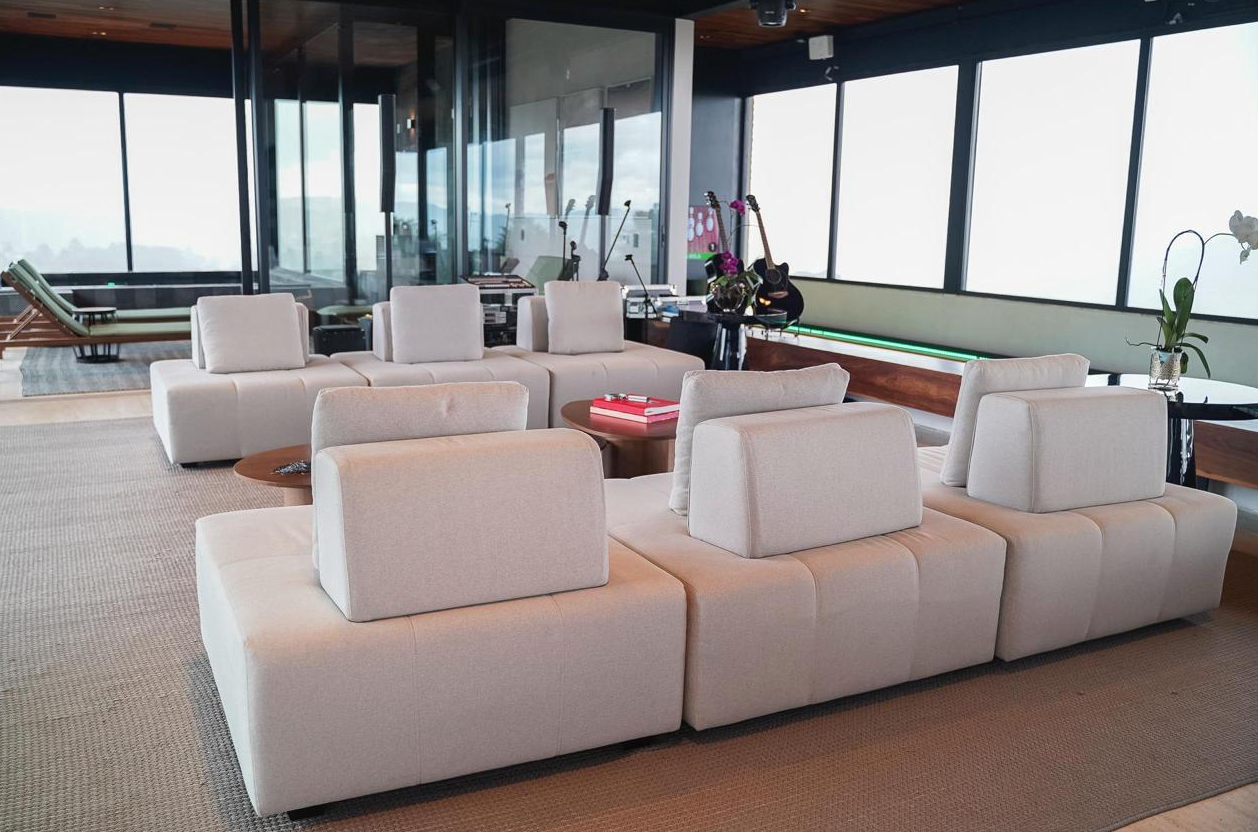I always write down these three amounts to better manage monthly unexpected events.
Managing monthly unexpected events is a daily challenge for many families. Between unexpected repairs, medical bills or technical failures, these unexpected expenses can quickly throw a budget out of balance. To deal with the situation stress-free, a simple method is to identify three key amounts to monitor regularly. These financial metrics, derived from proven practices, allow you to better anticipate risks and maintain a healthy financial balance.
The rest to live: the basis of financial management
The rest to live refers to the money available after deducting fixed costs from income. This fundamental calculation allows you to determine the leeway for variable expenses and savings. To obtain it you need:
- Add up all your monthly income : salary, bonus, allowance, rent received, etc.
- Subtract fixed costs : rent, credit, subscriptions, insurance and current expenses (food, transport, etc.).
«The rest of your life is the essential indicator to avoid overdrafts and adjust your expenses. »
Concrete example :
- Total income: €3,500
- Fixed expenses: €2,800
- Remainder to live: €700
This amount must be reevaluated every month to take into account changes in income or expenses.
Precautionary savings: a safety mattress
Precautionary savings it is a financial reserve intended to cover unexpected expenses. Experts generally recommend building 3 to 6 months of living expenses.
- List all essential expenses : rent, electricity, food, subscriptions, etc.
- Multiply by 3 or 6 depending on the stability of the professional situation.
Example :
- Monthly expenses: €2,000
- Precautionary savings: from €6,000 to €12,000
Where to place it?
Favor supports liquid and safe :
- Booklet A : accessible at any time, with a modest but guaranteed return.
- Forward accounts : offering better performance, but with warning periods.
«Well-managed precautionary savings avoid having to resort to expensive loans in the event of unexpected events. »
The buffer fund for unexpected events: a flexible solution
The bottom bearing it is a monthly envelope dedicated to unexpected expenses. This is a fixed amount, generally between 100 and 500 euros, taken from the rest of your life.
Why use it?
- Anticipate small unexpected events : repairs, medical expenses, etc.
- Avoid overdrafts : in case of surplus, the buffer fund limits bank charges.
- Establish a ceiling : Based on past spending and risk tolerance.
- Replenish it monthly : deducting it from the rest to live.
Distribution example :
- Remainder to live: €700
- Buffer fund: €200
- Savings: €300
- Free time: €200
Additional methods to handle unexpected events
The cash flow plan: a management tool
AND cash flow plan allows you to view cash inflows and outflows over several months. It is particularly useful for:
- Anticipate periods of deficit : identifying the months in which expenses exceed income.
- Distribute the savings : adjusting payments to precautionary savings or buffer fund.
«A rigorous cash flow plan guarantees proactive management of financial flows. »
Steps to create it:
- Lists all predictable transactions : rents, credits, subscriptions, etc.
- Provide safety margins : by integrating the buffer fund.
- Monthly update : to reflect changes in income or expenses.
Online credits: an emergency solution
In the event of significant unforeseen events (car breakdown, urgent repair), the fast online credits could be an option. These loans, often taken out in a few hours, offer flexible repayment terms (from 1 to 24 months).
Advise : Prioritize these credits only for expenses essential and temporaryavoiding using them for non-essential purchases.
Scenario 1: A month with unexpected expenses
Situation :
- Remainder to live: €700
- Buffer fund: €200
- Unexpected expenses: car repair (€300)
Solution :
- Use the bottom buffer : €200 deducted from the buffer fund.
- Complete with precautionary savings : €100 taken from the reserve.
- Readjust the budget : reduce leisure activities by €100 to compensate.
Scenario 2: A period of unemployment
Situation :
- Loss of income: €3,500 → €1,500 (compensation)
- Fixed expenses: €2,800
Solution :
- Activate precautionary saving : use 1,300 euros to cover the deficit.
- Reduce expenses : Give priority to essential loads.
- Review your cash flow plan : Adjust savings payments.
: proactive management of unexpected events
Taking note of these three amounts – remaining life, precautionary savings and buffer fund – is an effective strategy for absorbing financial shocks. This method, combined with a rigorous cash plan and credit supervision, allows you to:
- Maintain financial balance even in times of crisis.
- Avoid expensive debt anticipating unexpected expenses.
- Rebuilding savings after a danger, thanks to disciplined management.
By integrating these tools into daily life, families gain peace of mind and the ability to deal with unexpected events without stress.
latest posts published

How to set up a wardrobe in your apartment: tips and advantages

Discover the sophisticated furnishings of Progetto Decor

Luxury design: the balance between comfort, elegance and functionality

Discover the luxury furnishings of Progetto Decor

Garden in the apartment: discover the advantages

Discover Progetto Decor’s line of custom-made luxury furniture

The main tips for creating integrated environments

Ambient lighting tips

3D projects: transform spaces with luxury and innovation


